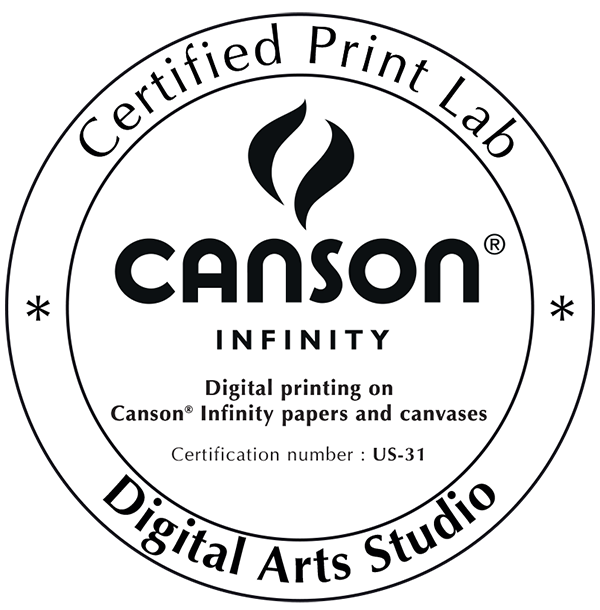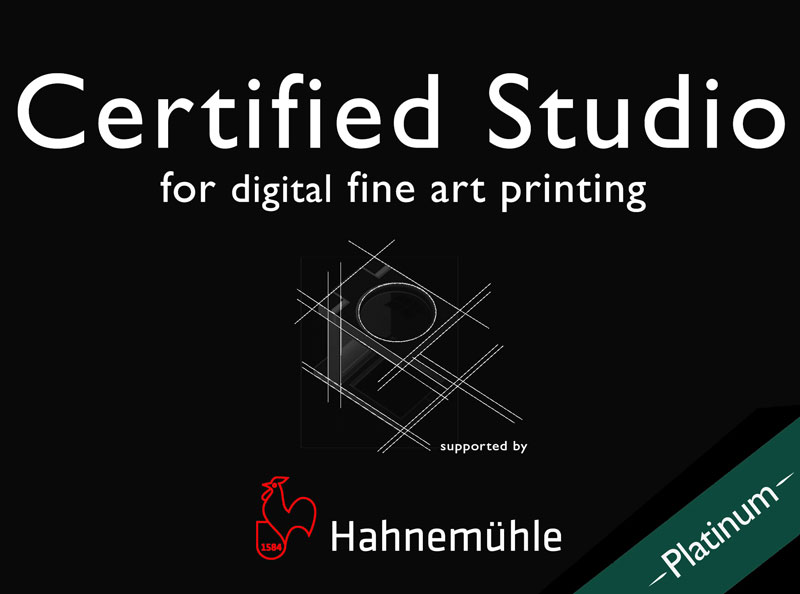Discover easy cheap ways to promote your art business here.

Reprinted with permission from our colleague and friend- Barney Davey. Learn more at: http://artmarketingnews.com/
Here are some useful suggestions for you to promote your art career. You will find links to other Art Print Issues posts in the list. I mention this to emphasize the amount of free art marketing and art business information and ideas you can find here. If you appreciate the content, the best compliment you can give me is to forward the link to this page to other artists, or share it on social media. Let us know in the comments what unique things you do to promote your art business.
Press Releases – understand the many ways your business is press release worthy and frequently submit.
Blogging – use blogging to allow your collectors, fans and friends get to know you and your work to give a personal voice to your brand. Share your knowledge, not just tidbits about you and your art.
SEO – make sure your website pages and blog posts have proper headings, titles, descriptions and relevant keywords.
Email list – use every method available to build a responsive email list. Send to it frequently to keep it fresh and your readers’ interest high.
Email contests – spike reader participation with contests for recipes, ideas for travel, or travel photos. Get them involved showing your work in a creative way.
Free downloads – offer small size high-resolution downloads and encourage them to be printed. Offer to sign the prints when sent with a self-addressed stamped envelope.
Include a catalog – include portfolio or flyer with every purchase.
Portfolio – create a MagCloud.com online and printable portfolio. Use it as a gift when networking, as well as in other promotional ways.
Teach – create a class for a local university or community college. Setup a workshop to teach painting or other art marking techniques. People interested in learning to make art are great prospects to buy your art, or introduce you to important people.
Surveys – create online surveys to name your artwork, or learn more about your followers’ interests.
Influential people – find ways to write flattering content about influential people on your blog.
Unconventional Direct Mail – send a small paintbrush or color swatch in an envelope. Invite recipient to come to your studio or website and use it in some way to claim a prize such as free shipping.
Donate – offer your work for the appropriate charity. Use the donation as a wedge to get involved in other ways that can help you network.
Art car – turn your vehicle into an art car. Paint it yourself.
Vehicle wrap – create a design to graphic wrap your car with your art. This may not exactly be cheap, but it could be fun, dramatic and a cause for publicity and awareness.
Gift certificates – offer your customers the opportunity to purchase gift cards from you. Give them a discount. For instance, offer a $100 gift card for $85.
Call – schedule a time to call all your customers and prospects once a quarter.
Online galleries – create an online shop wherever possible. Get as much exposure on as many sites as possible. Use a few for heavy promotion, the rest for minimal presence.
Submit – submit your site to all global, regional and local search engines.
List your site – get your site listed in all the local and social sharing sites such as Yelp, YP, Judy’s Book, and more.
Facebook – create a Facebook business page.
Shortstack – use the many great, free ideas for Facebook promotion from Shortstack.
Guest posts – seek chances to write guest posts on well-regarded and high-trafficked sites in the arts and entertainment niches.
Pitch bloggers – Research to find bloggers to review your work, your new collection, your studio opening, or other related products.
Vlog – create an ongoing video blog to share and illustrate your ideas, your work and experiences.
Social Sharing Buttons – add social sharing icons site-wide (Facebook, Twitter, Google+ to make sharing your content easy.
Pinterest – you are in a visual business. Pinterest is a perfect visual platform with a massive female demographic. Use it to create broad exposure with high-quality images of your art.
Cover top blogs – write a post about the best blogs and bloggers in the art business. Feature some of the top posts. This can open doors, builds relationships, and create social engagement where many you cover will in turn promote your article, and perhaps cover you, or offer a guest post opportunity.
Solicit guest posts from other artists, industry bloggers, local media and local or national celebrities. Doing this will help you make friends and publish free user-generated content that will get reposted and noticed on social media elsewhere.
Donate – Give to a local or national charity, (It doesn’t have to be artwork), and gain donor’s page exposure with the possibility for backlink to your site.
Cross-promote – find jewelers, crafters, picture framers, galleries and other simpatico partners to cross-promote. You scratch their back and expect they will do likewise.
Logo – hire a graphic designer with logo experience to create your logo. Invest in the best because it should last you a long time, maybe even a lifetime. Use your logo on everything you create and produce.
Business cards – although they are so 20th Century, they offer promotional value. Make yours standout with great design and add a call to action.
Print material – make sure every postcard, brochure and every printed piece that carries you name is branded with your logo, color scheme, compelling images, and a reason to contact you now.
Sponsor – get behind events with demographics that mirror your customers. Leverage your contribution to take advantage of every promotional offer provided to its supporters, including events, website, blog, email, and so forth.
Endorse – make an unsolicited testimonial or endorsement for another artist, blogger, author, vendor or colleague on their website or blog.
Authority – use your in-depth knowledge about a topic to become known as an authority on it. Are you steeped in local history? Do you know everything about Renaissance artists? Have you visited and written about all the arts scenes in your local and regional area? Do you have a natural way of connecting food and art? If you are an expert, or are willing to study to become one, then you can parlay that knowledge in many ways as the go-to authority surrounding it.
Public speaking – get a 30-to-90 minute talk with slides on a topic sure to be of interest to your demographic.
Slideshare – turn your public speaking slides into a SlideShare presentation.
YouTube – have someone videotape your public speaking presentations and put them on a YouTube channel you create.
Google Hangouts on Air – start a regular hangout on a topic of interest to you. Invite other artists and notables to join you.
Video demos – film yourself at work and provide a dialog on how you do things as an artists. For example, talk about the importance of underpainting, or building an artwork in the proper sequence. People may never want to do it, but they like being entertained by watching how others create things. Don’t limit yourself to YouTube. Upload your videos to Vimeo, Daily Motion and the other video streaming sites.
Art happening – create one day or weekend events where you invite a bunch of local artists to congregate and create work. It could be a plen air picnic, or something setup with pop-up tents, or in a temporary space in a building, business lobby, or at a local mall.
Contribute – many local publications, and some online sites such as Huffington Post accept or consider well written contributed articles, especially those with general or specific interest to its readers.
Referral program – start a formal referral program. Offer a percentage of the sale, credit towards new art, a giclée print, free framing, or whatever you find works best to have your family, friends and colleagues refer new business to you. Post your offer to make it public so everyone understands how your program works.
Thank you notes – create note cards with your art on them. Use them to send handwritten notes for new purchases, referrals, or just to say hello and thanks for past business.
Open studio events – if your space accommodates it, have regular events there. Make it available for other small meetings such as book clubs, masterminds, planning committees, and other creative use of your space.
30-second speech – work on and refine your 30-second elevator speech. Practice until you sound natural and confident. Don’t rush what you are saying. Make eye contact while you are talking. Use a friendly, firm handshake. Smile while you are talking.
Network – strategically seek events and targeted people you want to meet. Learn where your best demographics meets and become part of that scene. Attend social events, art openings, gallery openings and other arts scene events. Be ready to present yourself, (30-second speech), know what to ask about to get others talking, have a purpose for being there.
Online presence – create online shops wherever possible. Some may not hold great value or need much of your time. Still use them to create online awareness for you and links to your website or blog. Focus on those that have top SEO results and quality in their products, such as FineArtAmerica.com.
Virtual assistant – hire a VA to keep up your less often used online sites. The proper ones can do other marketing, sales, promotional writing and even make phone calls for you.
Volunteer – get involved with an arts organization so you get to know influential people who are also involved.
Recruit – provide printed promotional marketing materials to your family and friends for them to distribute.
Sendout cards – join Sendout cards. Make your art available for other members to use on their cards and postcards.
Local arts scene – be more than a hanger-on. Get involved. Promote your local arts scene. Not just visual arts, expand to dance, theater, music and beyond.
Marketing calendar – create an annual to five-year marketing calendar.
Leave behind materials – check events in your area. When there are conferences, meetings and shows that relate to your business, leave your brochures or postcards in strategic spots like visitor registration, hotel lobbies and so forth.
Grand re-opening – conjure a reason for a grand re-opening and promote the daylights out of it.
Comment – find the blogs your fans regularly read and leave intelligent comments that add to the discussion on them.
Docent– become a docent at a local museum. This gives you opportunities to meet people on the staff at the museum, and you never know who will be in your tour group.
Research social media – there is much useful information and insight from learning what groups your collectors belong to on Facebook, LinkedIn, and other social media. Use the information to decide which groups to join, participate, volunteer, market to and interact with.
Be-back offer – not everyone buys the first time they see your work. Create a printed offer with all your contact information and reason for them to come back. Give a discount on their first purchase, such as a free mini print with the original, free local hanging or tax-free first order. Test to find the best offer to pull the potential buyer back to your site, shop or studio.
Fund-raiser – if you see a need to raise money, you don’t have to wait for a local charity to get involved. Be pro-active and start a fund-raiser.
Local contests – enter into local contests for artists, such as for airport installations. Even if you don’t win, you will be on the radar of those involved in the visual arts community in your area.
Link – be both generous and judicious in providing links from your site.
Email signature – create an email signature for all your emails. Links are better than images, which oftentimes are stripped from the email. Include a subtle call to action.
Befriend – follow local journalists and media who can help you. Support the charities and other organizations that they also support. Send them juicy story ideas, use your blog and other means to promote their articles and publications.
qrcode (1)QR Codes – create a QR code to put on all your printed materials. Link it to a landing page with a unique offer and a link to subscribe to your mailing list.
Packaging – design stickers or screen prints to use on all your packaging. Include your logo, your website address, your QR code on anything that goes out from your business.
e-book – write an e-book on a topic of interest to you. It could be about your life experience, your world views, what is like to be an artist, how to create art using simple shapes.
Promote e-book – use your e-book as an incentive to join your mail list, or send it to all your current subscribers. Encourage others to share it freely. Make sure you provide links throughout the book to your website and to your email sign up landing page
Book reviews – write Amazon.com reviews about books you know your demographic audience will like. Provide book reviews for local media, or specialized blogs of interest to buyers you want to target.
Giveaway – give small bundles of notecards, postcards or mini prints as lead magnets for email subscriptions, thank you for referrals, or door openers with strategic networking prospects.
Creatively borrow – tap into the power of the internet to discover the promotional tools and techniques other marketers use and adapt them to your business.
Google alerts – use Google alerts to monitor your prospects, collectors, media contacts and others you want to stay in touch with.
About.me – create an About.me profile to create more digital content about yourself and backlinks to your blog and website.
Promote packaging – create videos or a series of images to display on your e-commerce site to show your white glove packing and shipping techniques.
Piggyback – create an insert to go into direct mail from non-competitors.
Streamline – make your online ordering easy, understandable and quick.
Installation services – offer free local art installation services for your buyers.
Color consultations – offer your buyers and fans color coordination consultations for interior decor or clothing.
Contact database – start a contact management system with Insight.ly.
Voice mail – put a promotional announcement on your voice mail.
Feedback – ask non-buyers for feedback. They decided not to buy today. Take the opportunity to ask why they did not buy. This feedback can ultimately be more valuable than knowing why others do buy from you.
Buyers feedback – ask customers what they like about your art, what kind art they would like to see you make, or if they have ideas on ways to promote your art.
LinkedIn – join appropriate LinkedIn groups and become an active participant.
Be generous – share this post with your artist friends. Encourage them to sign up for to get their own weekly art marketing news at http://x.co/Barney
I believe we all have at least one masterpiece, sometimes more, in us. My How to Find Collectors course is my masterpiece. It is the best work I’ve done. After helping artists find efficient ways to market their work for 30 years, this is it for me. I encourage you to check it out. Learn more at: http://artmarketingnews.com/





